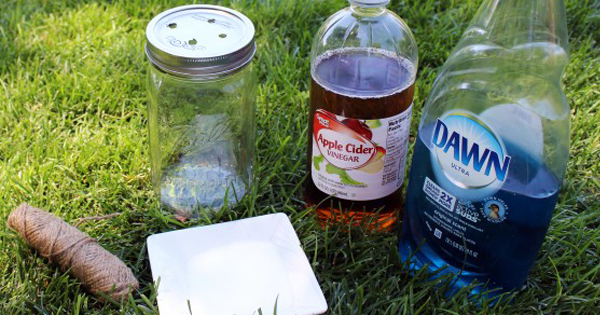When you take Advil (ibuprofen) for a headache, a backache, menstrual cramps, or any other kind of pain, you’ve probably wondered: how does this thing know where my pain is?
BuzzFeed recently tackled this question, and consulted Ted Price, Ph.D., professor of behavioral and brain sciences at the University of Texas at Dallas for the answers.
First, drugs like Advil (ibuprofen), Aleve (naproxen), and aspirin are all NSAIDs, or nonsteroidal anti-inflammatory drugs. They’re sold over the counter, and they’re different from narcotic painkillers (oxycontin, Vicodin), which carry higher risk of overdose and addiction.
NSAIDs all work in the same general way, and how their way of “knowing” where your pain is is simpler than you think.
The painkiller doesn’t actually target any one place. It distributes itself throughout your bloodstream, not really looking for any target.
Where the actual killing of the pain comes in is what it reacts with. The medicine is made so that it only actually reacts with chemicals that we know are associated with inflammation.
It’s reacting to your body’s response to injury or pain, which is to create prostaglandins, or chemicals that cause inflammation and pain. NSAIDs make it so your body has a harder time making the enzymes required for prostaglandin production. This eases your pain, since your inflammation is being reduced.
Tylenol has a similar effect, but experts have no idea how it works. Price said, “Tylenol’s been around forever, and we still don’t know how it works exactly.” This is partly because it isn’t particularly anti-inflammatory in the way that other NSAIDs are, but it still manages pain really well.
The important thing to remember is that while NSAIDs may be quick fixes to minor aches and pains, it’s still possible to become dependent on them, and for them to lose their effectiveness if used too often.





